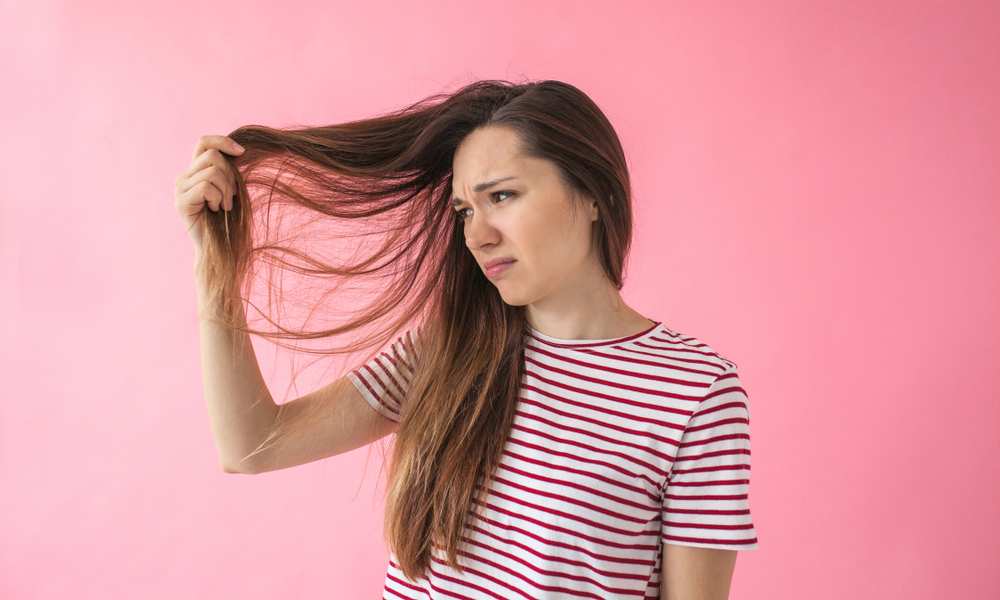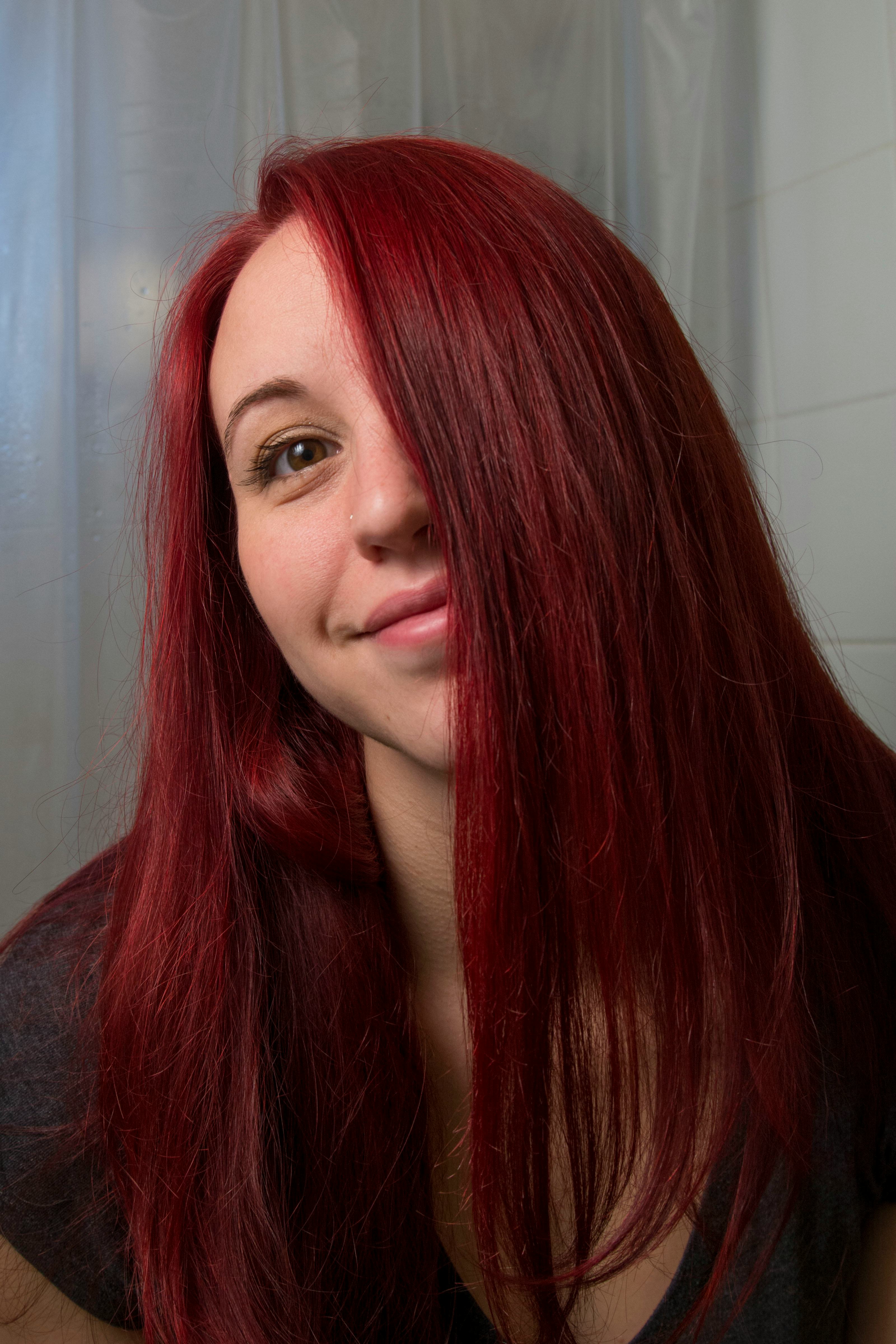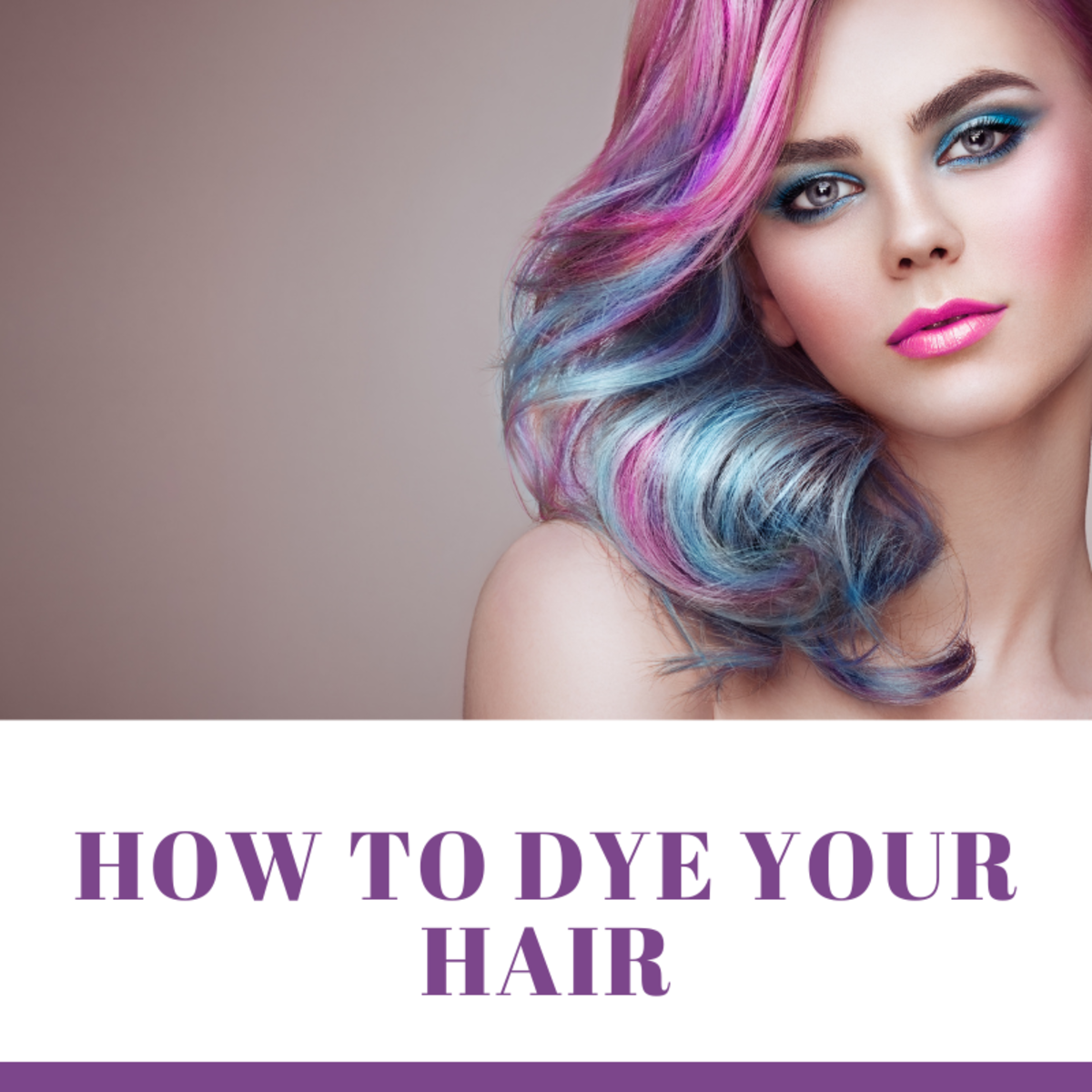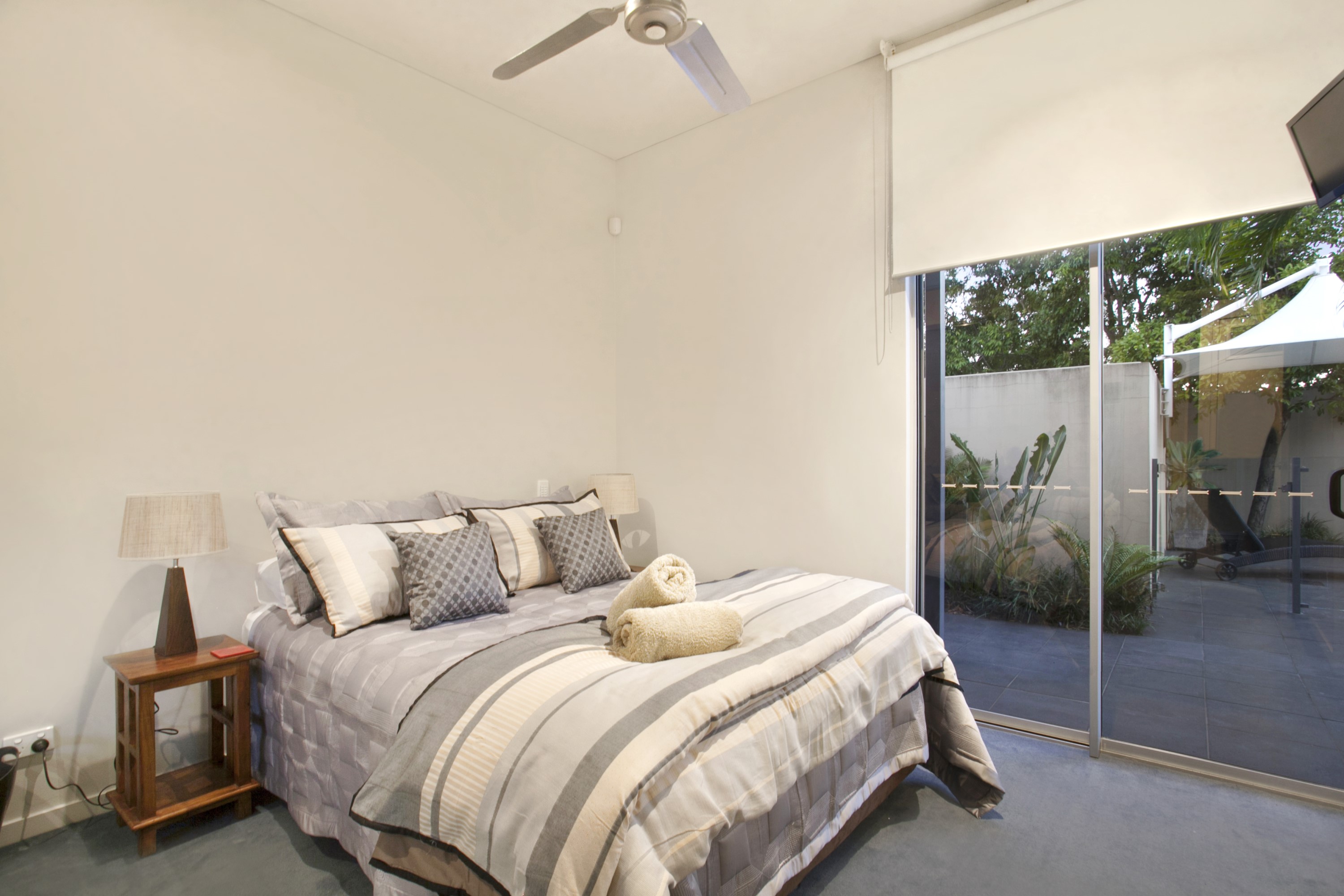Table Of Content

Be sure to read our foolproof guide to coloring your hair at home like a pro, plus get inspired by our favorite hues for dark brown hair, black hair, gray hair, auburn hair and blonde color. The temptation to change up your hair color the second the season changes (or the second a mild inconvenience pops up) is all too real. But if you also want to preserve your hair’s health, it’s important to not overdo it with the dye. Below, we asked celebrity hairstylist and Redken brand ambassador Johnny Ramirez how often you can dye your hair, whether you’re experimenting with bleach, permanent, demi- or semi-permanent dyes. Plus, we rounded up a few ideas to help preserve your hair color for longer.
How to Go From Black to Brown Hair at Home
You’ll also want to make sure you’re not bleaching hair that’s already been bleached. This means you’ll definitely want to wait until your new hair has completely grown out before you bleach again, generally at least 8 to 10 weeks. Manic Panic is one of the original fashion hair color brands from back in the days when colorful hair was only for punks and self-proclaimed freaks. Nowadays, the brand still has the same punk aesthetic, but the colors themselves have been developed beautifully. Sabina (she/her) is the director of the Beauty, Health & Sustainability Lab at the Good Housekeeping Institute, where she has overseen skincare, haircare and makeup testing since 2012. She also reviews applications, substantiates claims and evaluates products for the GH Seal and the Beauty Awards and Sustainability Awards programs.
How to Maintain Your Dyed Hair
The color will retain its full vividness even after dozens of washes. Some fading will eventually occur, but the actual chemical change in your hair will be permanent. This means that it doesn’t penetrate deeply into the hair, nor can it lighten the hair. If you want a really vivid, dramatic color or just a very light pastel, you’ll have to bleach your hair first. When applied to darker hair, this dye will give a tint rather than a major color change.
My Favorite Hair Care Tool is a Silk Pillowcase. I Hunted Down the Best One.
2024 Hair Color Trends the Pros Are Loving — See Photos - Allure
2024 Hair Color Trends the Pros Are Loving — See Photos.
Posted: Mon, 01 Jan 2024 08:00:00 GMT [source]
"Henna can not be removed from hair with any hair color or bleach," Tardo explains. "There are natural remedies like oils which will fade henna, but it can not be removed completely and will affect the way any traditional hair color or bleach products work in the hair." For permanent dyes, you’ll need the assistance of a hair expert to change the color successfully.
With so many hair color trends these days, from platinum gray to eggplant purple, there’s never been a better time to try out a fun new hue. However, before you start planning out your color palette it’s important to know how often your strands can withstand a new color without suffering a bunch of damage. According to Lee, most of the accessible, at-home colors you find in drugstores are permanent dyes, meaning you’re stuck with your decision for the time being if you mess up. If you’re just looking for something to tide you over until your next appointment, she suggests going for a semi-permanent formula that will eventually wash out over time.
selectHow to find the best shampoo to help repair damaged hair
If you try semi-permanent shades over naturally light hair, keep in mind that it still won’t show up quite as brightly as it would on bleached hair. It might not have the trendiest box or the most exciting color range, but this is still the best at-home hair dye we’ve tried when it comes to coverage, consistency, and ease of use. It’s a fast-acting formula that colors the hair in just 10 minutes. Despite working so quickly, it still does a great job of covering grays and transforming the hair. The shorter amount of time that the dye is in contact with your hair means that it’s a little gentler than other formulas while still being able to change the hair color by a few levels. One great way to perk up a fading hair color is to use a color-depositing mask or conditioner in between dye sessions.
Just stay away from the permanent hair-color kits from the drugstore. You can’t really tell what your results will be from the picture on the box, and you’re stuck with that color whether you like it or not. Amiel is one of many stylists offering his clients custom-mixed color that they can pick up and apply at home. You may want to ask your colorist if they’re doing something similar. But also take their advice if they tell you to lay off the hair color until salons resume business.
Even if you decide that coloring your hair on your own is too risky, you can still keep up appearances. Consider taking this time to play around with your personal style. Master the perfect chignon, and maybe you’ll emerge from your cocoon as a chic French butterfly. Faced with the life-altering circumstances of Covid-19, people are switching things up. That can mean a lot of terrible things, like losing a job or having a loved one get sick. For those fortunate enough to still be employed (and healthy), you may be learning to work from home baking lots of bread, or getting an overwhelming urge to change your hair color.
Just as if you were going to a professional hairstylist, dying your hair at home has some rules. Avoid dying more often than six to eight weeks if you’re using traditional permanent dye, as it can damage your hair. Dye your hair a shade or two darker by brewing a strong cup of your favorite dark roast coffee. While not long-lasting, or very dramatic, this is a great affordable option for quickly covering some gray strands.
Most toners stylists use in the salon are demi-permanent, lasting longer than semi-permanent formulas. Dyeing your hair by yourself can be daunting, but it’s a simple enough task if you take it a step at a time. Familiarizing yourself with the procedure beforehand can give you the confidence to dye your hair correctly. You can lighten your hair three to five tones with a super-lightening color treatment.

(You wouldn't want to damage your hair to the point of breakage, now would you?) Plus, he says doing this will help you see how the hair color will actually turn out and how long it needs to process. Thankfully, we know a few professional hairstylists and colorists who shared their expert insights with us. By following the below tips and tricks, you'll be able to DIY your hair color and be happy with the results.

If you aren’t ready to dye your hair again, there are a few tips and tricks you can put to use to disguise grown-out roots, get rid of brassiness, and keep your color looking its best. While henna is used to infuse reddish tones into your hair, lemon juice is a great option for naturally highlighting your locks, and it can be applied with a spray bottle. "The sun mixed with lemon juice on the hair is a perfect chemical reaction of acid (lemon juice) and alkaline (sunshine and heat)," says Bryant.
14 Best Color Depositing Shampoos in 2023, Tested and Reviewed - Cosmopolitan
14 Best Color Depositing Shampoos in 2023, Tested and Reviewed.
Posted: Tue, 31 Oct 2023 07:00:00 GMT [source]
Adding thermal insult to chemical injury is a recipe for hair disaster. The frequency with which you can and should dye your hair depends on your hair quality, the type of dye you use, and other factors. Now that we’ve answered the question of how often you can dye your hair, you might have a few related questions! Although the general rule of thumb is every four to six weeks, it can vary depending on what type of hair you have, what dye you use, and more. Ask a professional hairstylist, and the answer might be anywhere from three to eight weeks. This helps you stay ahead of your root growth while also keeping your hair safe.










